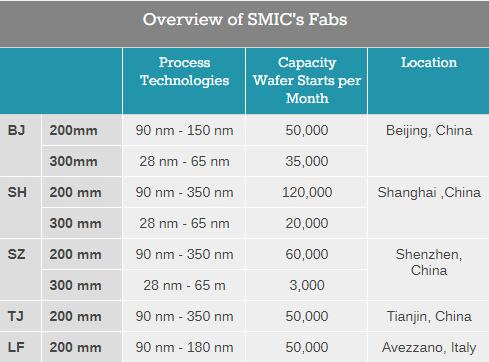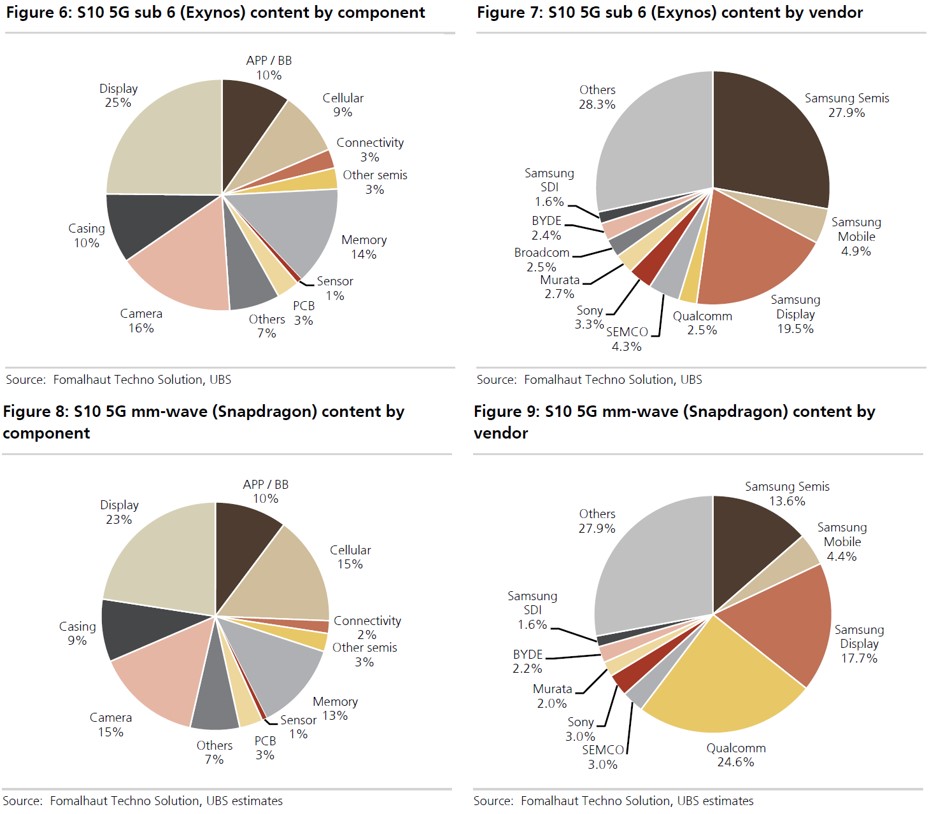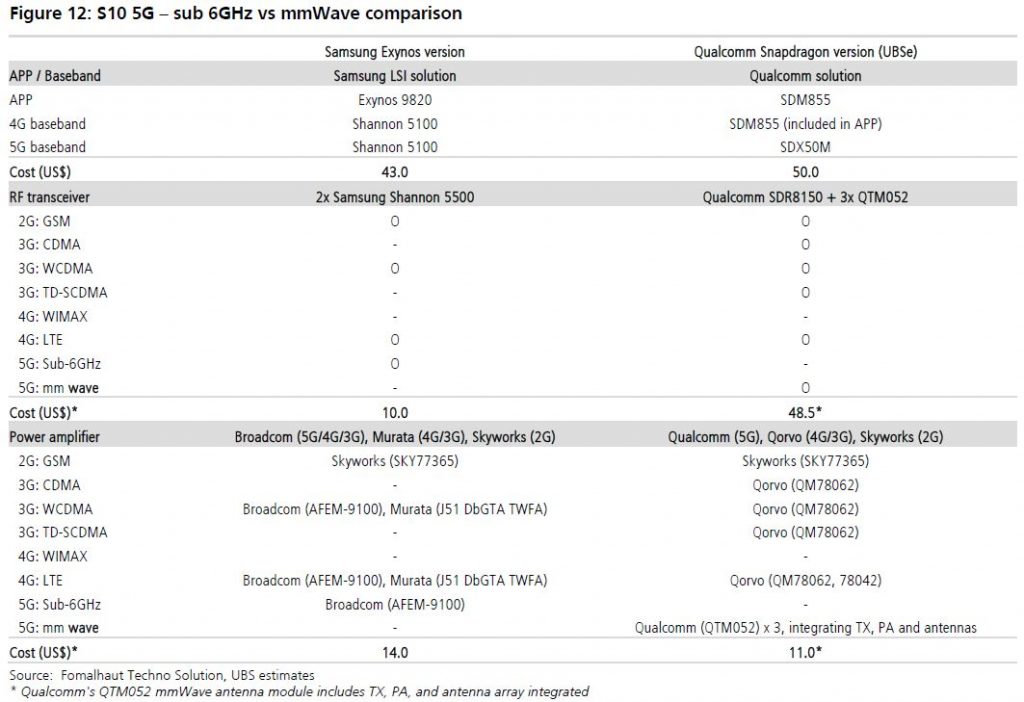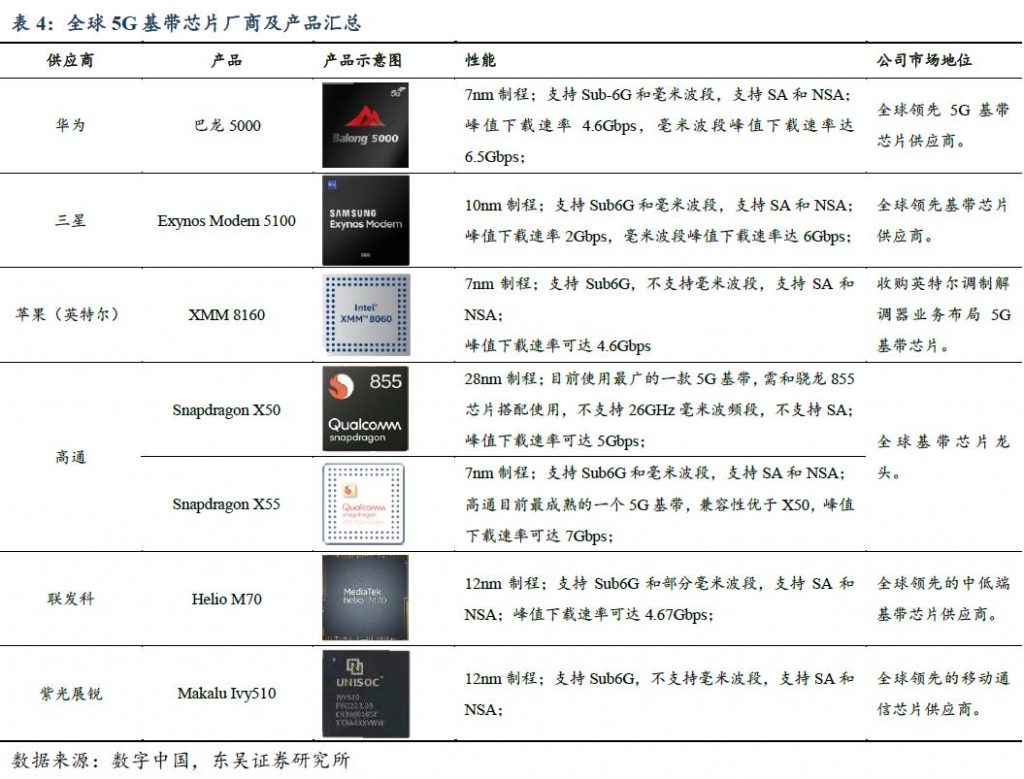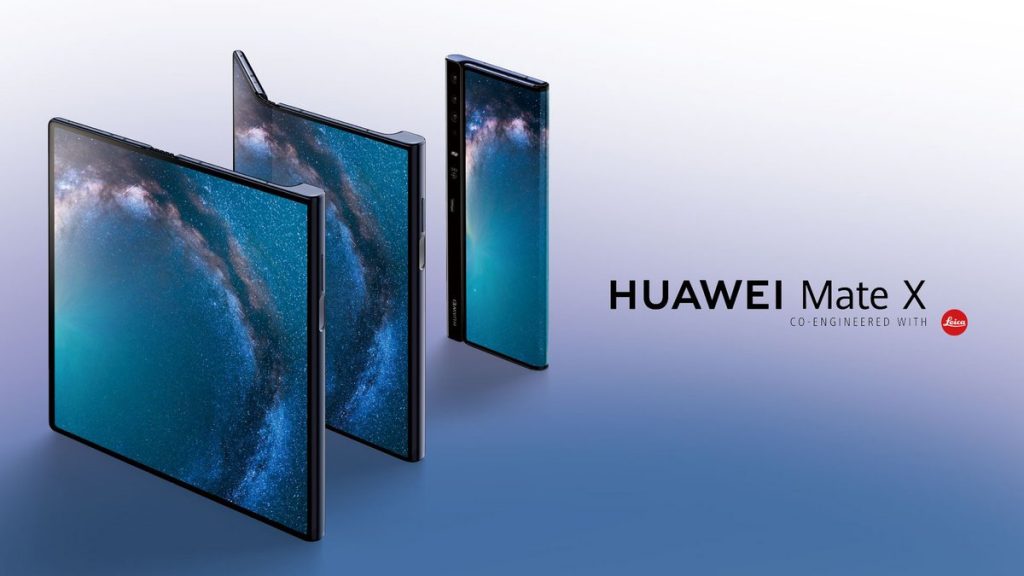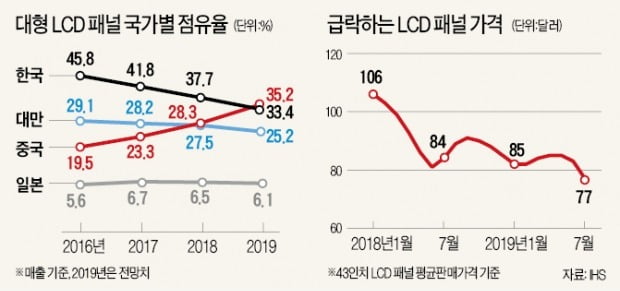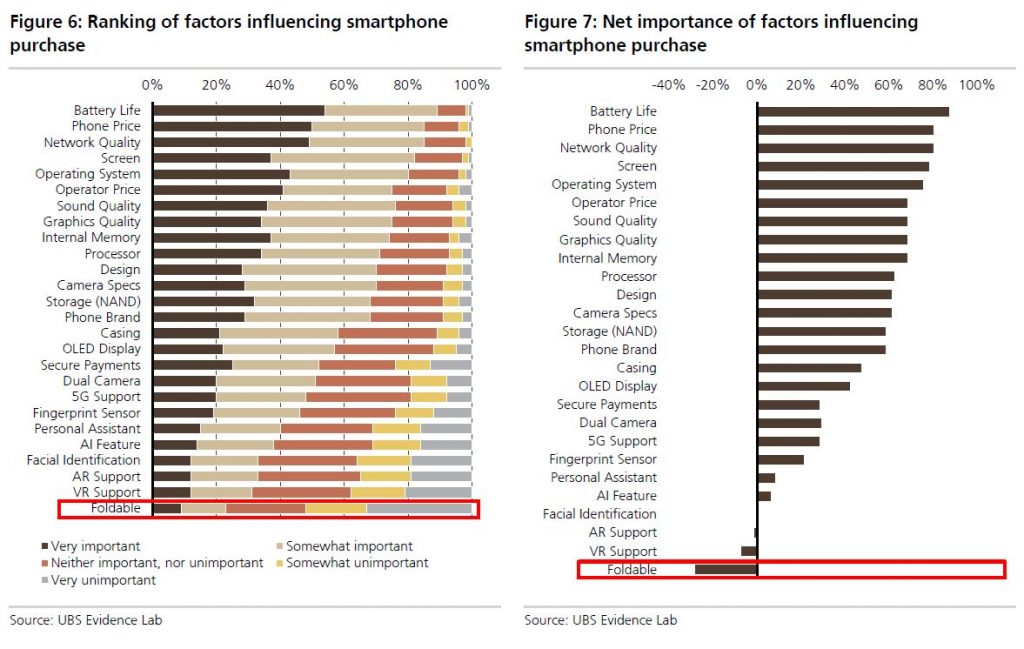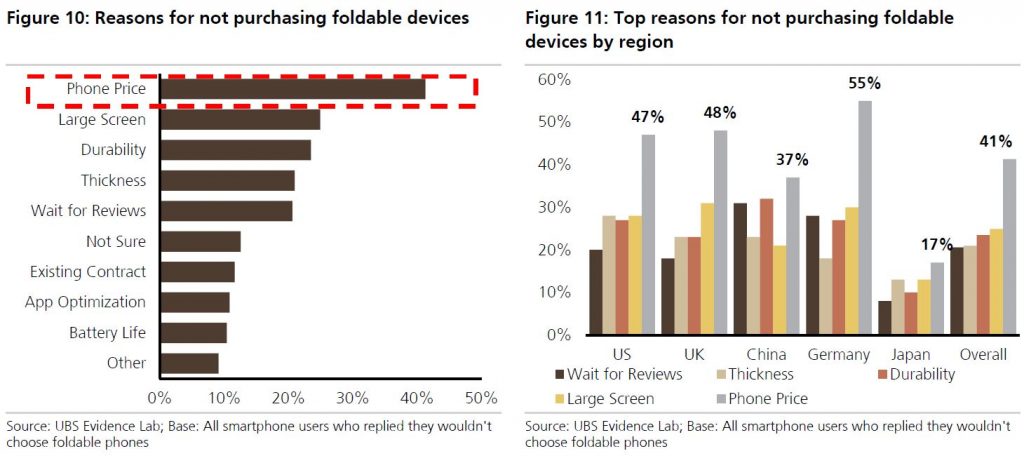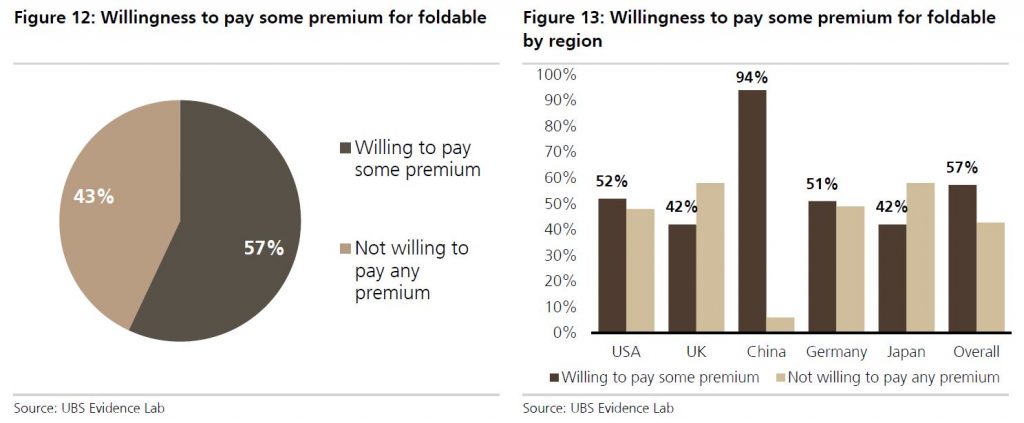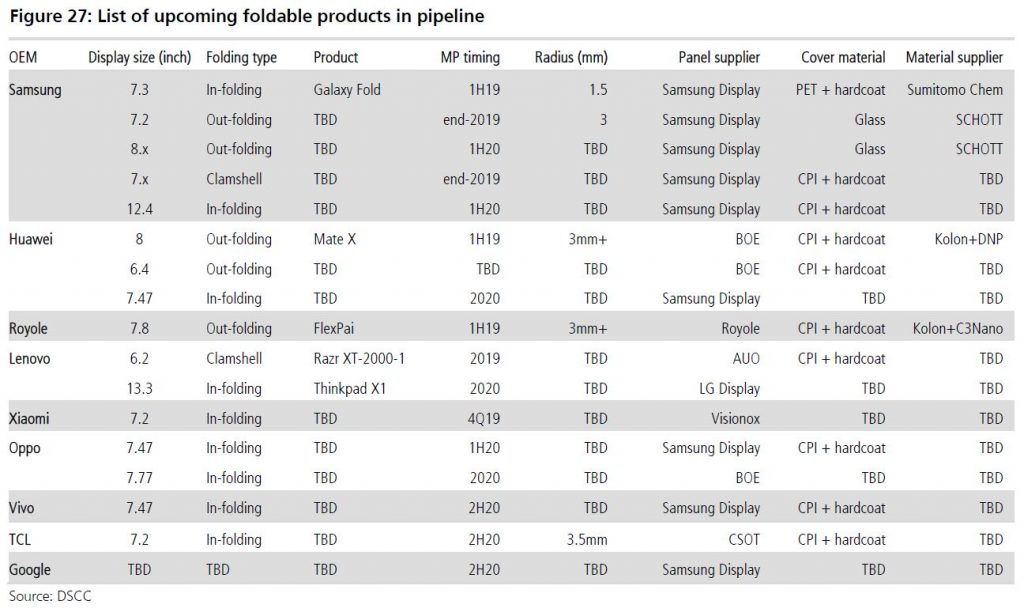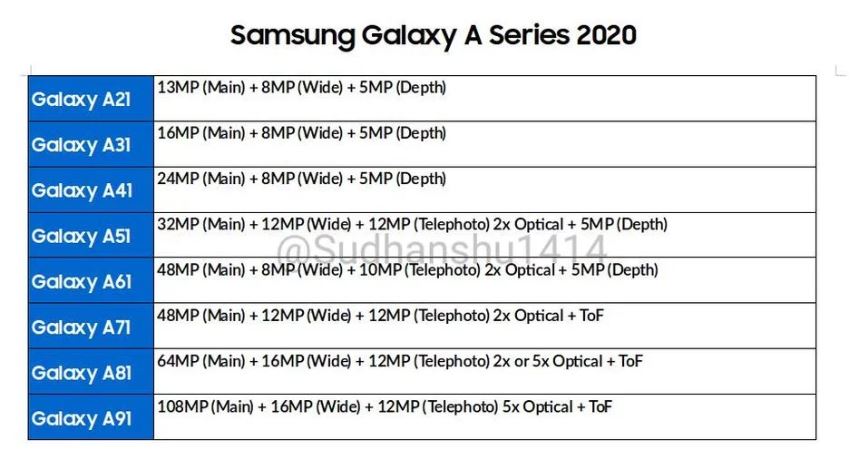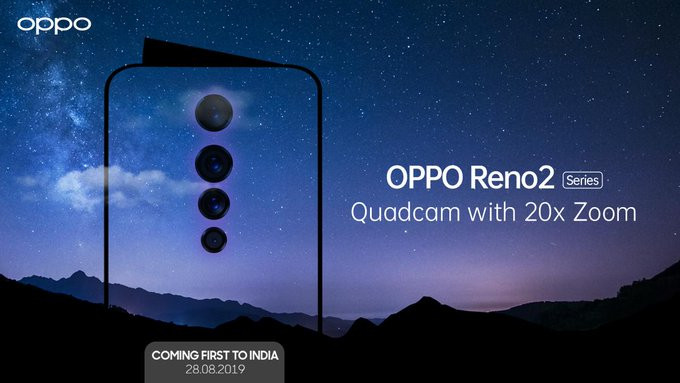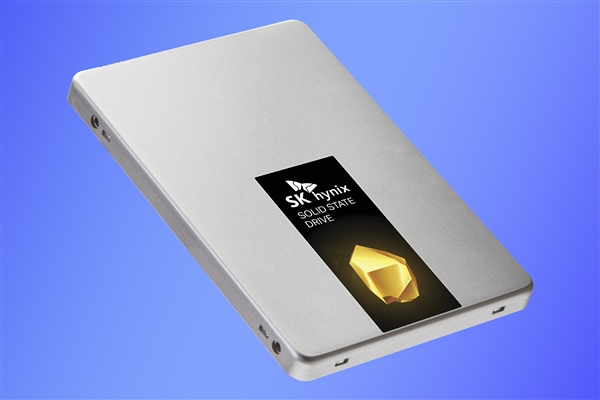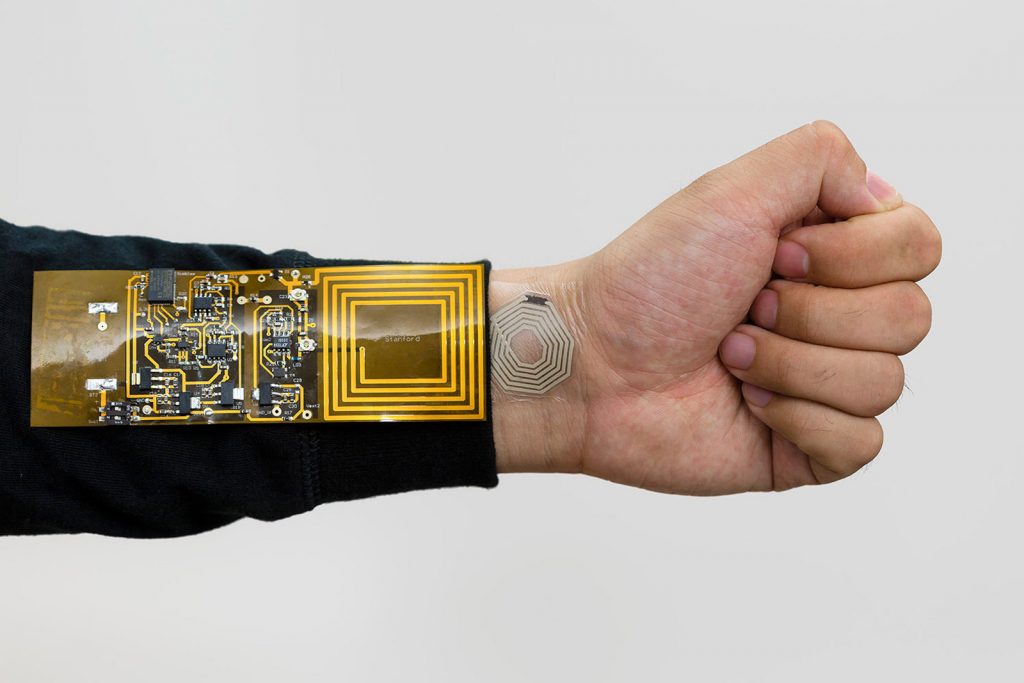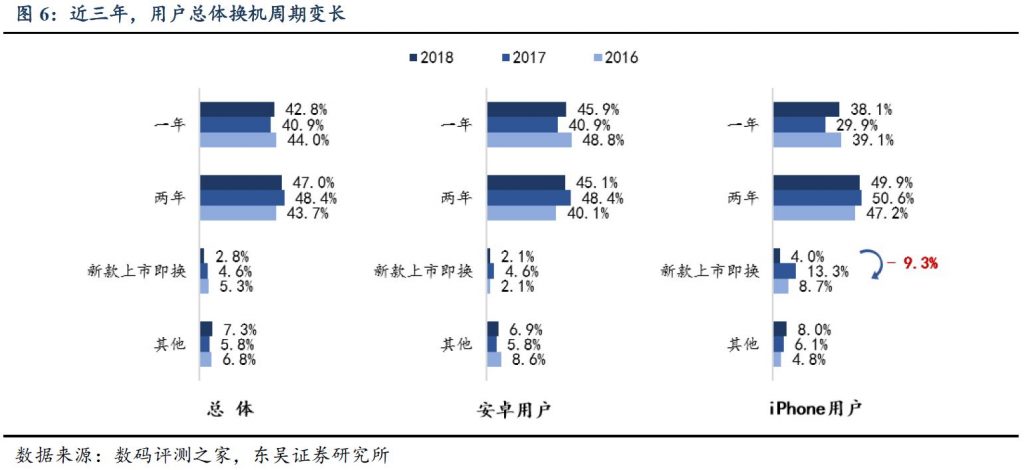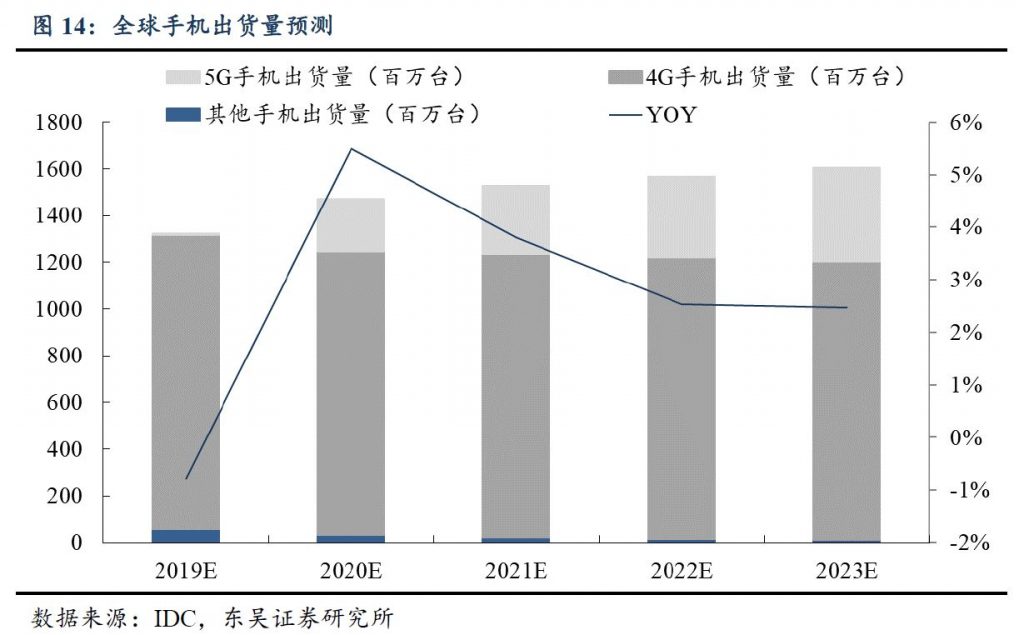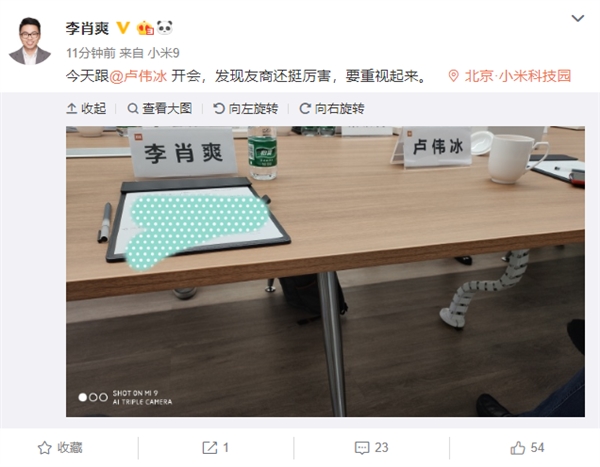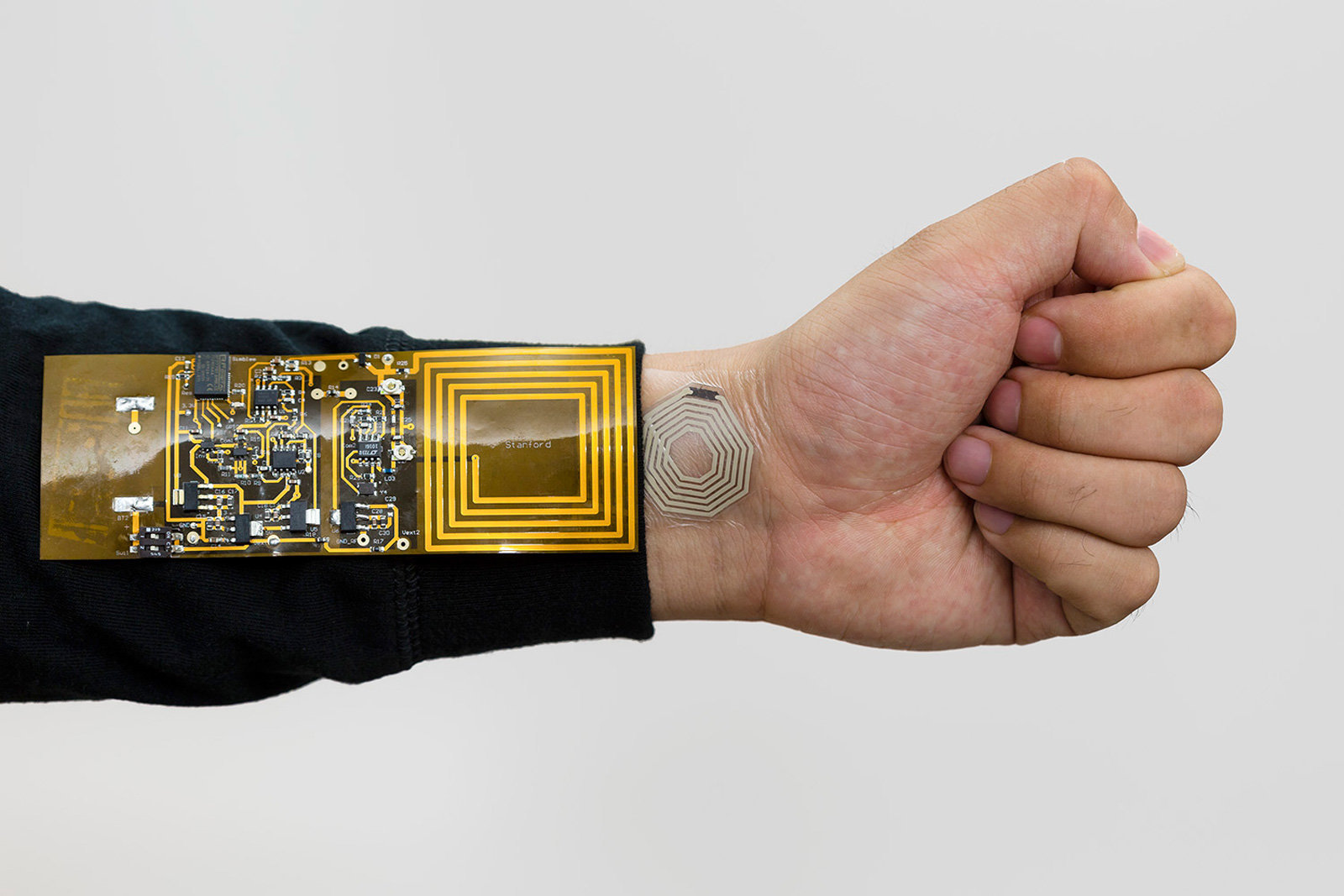
08-17: Samsung Display is reportedly considering suspending one of its LCD production lines in Korea; Samsung Galaxy A and M series new models camera specs leak; etc.
Chipsets
China-based pure-play foundry Semiconductor Manufacturing International (SMIC) expects to have its more-advanced 14nm FinFET process ready for volume production by the end of 2019. SMIC only has two relatively small 300-mm HVM fabs (which are currently used for 28nm-65nm nodes) that are heavily utilized generating 40~49% of the company’s revenue (in 1Q/2Q19), it is difficult to imagine SMIC making loads of 14nm chips in 2019. (CN Beta, AnandTech, Digitimes, SMIC)
UBS estimates Samsung Galaxy S10 5G average Bill of Materials (BOM) comes at USD467. This adds USD85 (or +22%) to the S10+ BOM cost assuming same memory content. Within the two 5G versions, UBS estimates that the Samsung Exynos based version to be USD444 and Qualcomm Snapdragon version USD489. Out of the USD85 increment, UBS thinks USD44 is related to enabling 5G functionality, without assuming any hardware changes. Compared to average base models for S10e/S10/S10+, the cost is 37% higher. (UBS report)
UBS estimates that Qualcomm Snapdragon mmWave version to cost USD45 higher compared to Samsung Exynos sub 6GHz. UBS thinks the main cost difference is coming from incremental RF-related components, in particular the integrated antenna RF Front End modules for mmWave. (UBS report)
Currently, vendors who have released 5G baseband chips include Qualcomm, Huawei, Samsung, MediaTek, and UNISOC. Apple and Intel have signed an acquisition agreement to acquire most of Intel’s smartphone modem business, related intellectual property rights, equipment, etc. for USD1B. At that time, the world’s three major smartphone manufacturers— Apple, Huawei, Samsung will use their own 5G baseband chips. (Soochow Securities report)
Touch Display
Samsung’s new patent indicates the company may be working on a “flip phone”, which can fold into three different configurations. The different configuration is possible due to the fact that it has a long hinge, which will let users choose three different modes. (CN Beta, MS Poweruser, Patently Mobile)
Huawei has originally expected its foldable phone Mate X to ship in Jun 2019 but pushed to Sept to accommodate “extra” tests. Now the 5G phone is being delayed again, with a release promised by the end of 2019, potentially (but not certainly) in Nov 2019. (VentureBeat, Android Central, TechRadar, CN Beta)
TF Securities analyst Ming-Chi Kuo believes that to reduce OLED supply risk, Apple would initiate 2 strategies: 1) Japan Display Inc (JDI) will gradually increase its proportion of OLED orders for Apple Watch, starting with 15-20% of orders in 2019 and reaching 70-80% in 2021. 2) Apple will also gradually increase the proportion of LG Display (LGD) supply of OLED for iPhones, and tap BOE as an additional supplier, in a bid to diversify its supply chain. (TF Securities, CN Beta, Mac Rumors, iClarified)
Samsung Display is reportedly considering suspending one of its liquid crystal display (LCD) production lines at home due to a supply glut. Samsung Display has been adjusting the production output and facility operation due to oversupply and worsening profitability. (My Drivers, Sina, TechNews, Sina, Chosun Online, Hankyung, CNBC, Reuters)
UBS Evidence Lab’s latest survey shows 34% of total respondents showing general interest in foldable phones. China could potentially be the biggest market for foldable, as 65% of the respondents in China showed interest, far exceeding that of all other markets which were all below 40%. Sequential comparison suggests consumers’ interest may be slightly declining, as one awaits actual product releases. The interest level for foldable has come down to 34% compared to 3Q18 38%. (UBS report)
According to UBS, foldable ranked the lowest in feature importance out of all smartphone categories by far, and 77% of total respondents considered foldable as neutral to largely unimportant in influencing purchase decision. This was the case across most regions (US, UK, Germany, Japan), with China being the only exception. Again, this may reflect the fact that those products were actually not available for purchase at the time of the Survey. (UBS report)
UBS points towards the price tag of the foldable phone being the biggest reason by far for not willing to purchase a foldable product. 41% of the respondents chose ‘price’ as the key reason for not wanting to purchase foldable, far outweighing the second reason being the ‘large screen’ of 25%. (UBS report)
UBS’ survey suggests that most people (or 57%) are willing to pay a premium for a foldable product. Out of the respondents who are willing to pay up, the follow-up question suggests the average amount willing to pay is USD486. The cost gap vs normal smartphones will need to come down to USD400-500 range for people with interest to start purchasing a foldable vs conventional device. China market again shows as an outlier that is heavily for foldable – 94% of respondents willing to pay premium, with the average premium willing to pay being USD791 (USD743 out of all respondents). (UBS report)
UBS saw that the industry momentum for foldable remained firmly in place, with a total of 17 products in the pipeline. (UBS report)
Camera
The camera specifications of Samsung Galaxy A series in 2020 are leaked, from the budget Galaxy A21 to higher-end Galaxy A91. Every model will have three rear-facing sensors at the least, while a handful of other models will also be complemented by an additional ToF module. (Android Headlines, Sam Mobile, Twitter, CN Beta)
The camera specs of Samsung’s new Galaxy M—M21, M31 and M41 are leaked. Other than M21, M31 and M41 are equipped with triple cameras, with one of the main camera is either 48MP or 64MP image sensors.(CN Beta, GizChina, Twitter)
OPPO’s VP Brian Shen has revealed that there would be at least 2 new Reno phones later in 2019. However, he has also confirmed that “camera under display” technology will not be available in 2019. (Gizmo China, Weibo, ZOL)
OPPO Reno 2 will come with an additional camera -up from a triple setup up to a quad-camera arrangement (48MP + 13MP telephoto + 8MP ultrawide + 2MP depth). The device will include a 20× (hybrid) zoom camera tech. (GizChina, CN Beta, Android Authority)
Storage
SK Hynix is announcing a new line of SSDs, the SuperCore series, which will be sold directly at retail. Kicking off the family will be the Gold S31, a 2.5-inch SATA drive with capacities ranging from 250GB to 1TB. (CN Beta, AnandTech, PR Newswire)
Micron has hosted a grand opening ceremony of its Fab 10 Expansion in Singapore. Micron is now installing equipment and expects to start production of 96-layer 3D NAND at the new Fab 10 Expansion sometime in 2H19. (AnandTech, Straits Times, Micron, CN Beta)
Micron has started volume production of memory chips using its 3rd Generation 10nm-class fabrication technology (also known as 1Znm). The first DRAMs to be made using Micron’s 1Z nm process are 16 Gb monolithic DDR4 and LPDDR4X devices. (CN Beta, AnandTech, Micron)
Sensory
Shenzhen Goodix Technology has announced a definitive agreement with NXP Semiconductors under which it will acquire all assets of NXP Semiconductors’ Voice and Audio Solutions (VAS) for USD165M. NXP’s VAS business offers premium voice and audio solutions for leading smartphone manufacturers worldwide. (CN Beta, Yahoo, Goodix)
Stanford has developed a system, BodyNet sticker sensor, that can gather power and transmits data using an RFID connection to a receiver on nearby clothing, making the sensor itself about as comfortable and flexible as an adhesive bandage. It measures subtle changes in skin that provide a wealth of data for the body. (Engadget, TechCrunch, Stanford, Nature, CN Beta)
Connectivity
According to ZTE VP, Luo Wei, 5G networks need at least 3-5 years to reach a very mature market with billions of connections. He has also revealed that ZTE has invested more than CNY10B (USD1.4B) in 5G R&D. (GizChina, IT Home)
Phone
According to Soochow Securities, the top is stable, the performance upgrade is aggressive, and the products at the same price are homogenized. These phenomena indicates that the smartphone has moved to the relatively mature ‘Red Sea’ market. Although major manufacturers continue to introduce various innovations and upgrades, they are still unable to drive consumers’ willingness to change phones, and the smartphone replacement cycle is gradually becoming longer. (Soochow Securities report)
The sales of 5G mobile phones in the future are expected to grow rapidly, and 5G mobile phones will become a drive force for the development of the global smartphone industry. According to IDC’s forecast, global 5G mobile phone shipments are expected to exceed 400M units in 2023, and CAGR of 5G mobile phone shipments in 2019-2023 will reach 29.77%. (Soochow Securities report)
Motorola One Action is announced – 6.3” 1080×2520 FHD+ 21:9 IPS, Samsung Exynos 9609, rear tri 12MP 1.25µm-16MP ultrawide-5MP + front 12MP camera on display, 4+128GB, Android One (Pie), rear fingerprint scanner, 3500mAh 10W, EUR260. (Motorola, Android Central, GSM Arena)
Wearables
OPPO VP Shen Yiren has confirmed that the company is working on its first smartwatch, which is set for release in 2020. (Android Headlines, Tech Advisor, Weibo, Sohu, NBD)
Home
General Manager of Xiaomi’s TV segment, Li Xiaoshuang has had a meeting with Redmi General Manager Lu Weibing, indicating that Redmi might be launching its own TV soon. (CN Beta, Gizmo China, My Drivers)
TCL has officially launched the XESS smart screen TV, featuring “smart dual-screen function”— by shaking the phone, the screen will rotate to the vertical screen state. It is priced at CNY3999 and CNY4999 (Pro version). XESS smart screen is equipped with AI pop-up camera, optional 5G module, support NFC technology and mobile phone for video information interaction, smart home product interconnection. (My Drivers, JRJ, Sina)
Automotive
Beijing-based e-scooter manufacturer Segway-Ninebot has launched a semi-autonomous model that can drive itself to charging stations. Ninebot chief Gao Lufeng explained that the model, called KickScooter T60, will be controlled remotely from the cloud. (Engadget, Reuters, Teller China)
Artificial Intelligence
In an annual test comparing Google Assistant, Siri, and Alexa on smartphones, Loup Ventures’ Gene Munster found that Apple Siri was able to correctly answer 83% of questions, beating Amazon Alexa but trailing behind Google Assistant. Munster asked each digital assistant 800 questions during the test to compare how each one responded. Alexa answered 79.8% of questions correctly, while Google Assistant answered 92.9% of questions correctly. (CN Beta, Mac Rumors, Loup Ventures)

